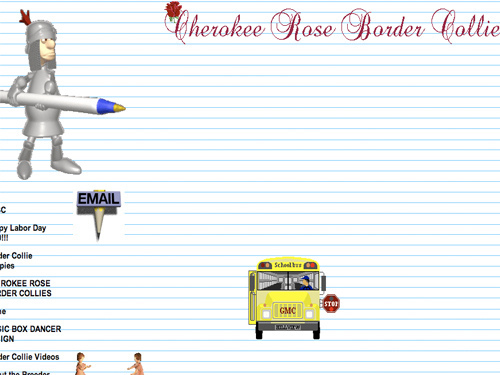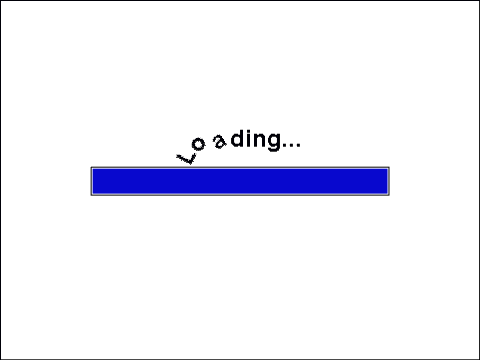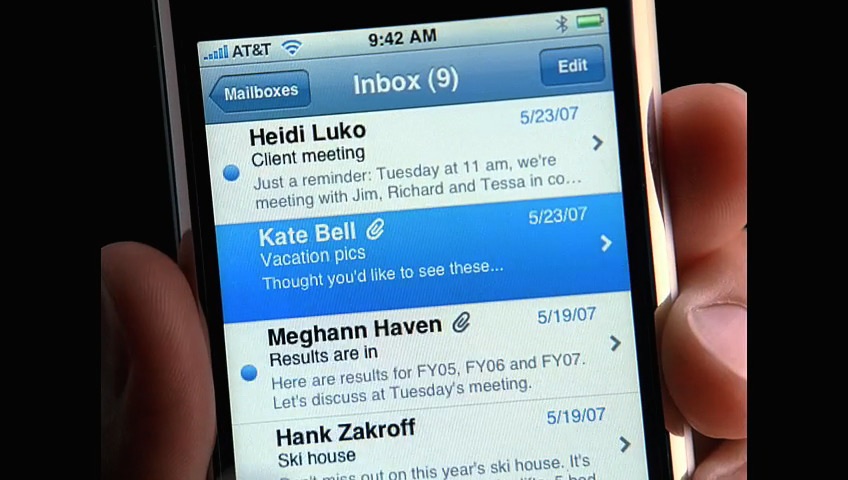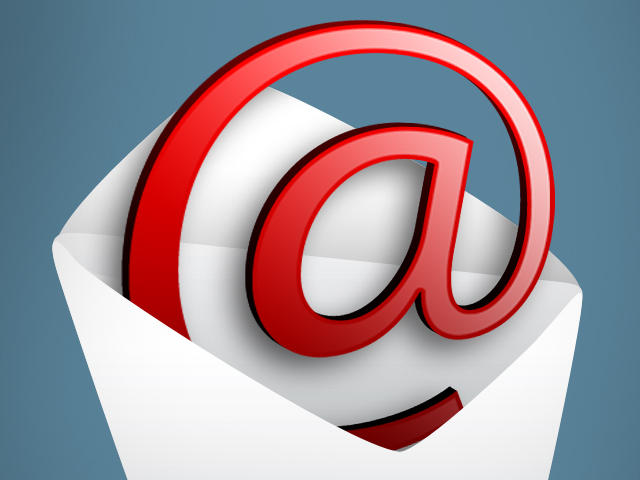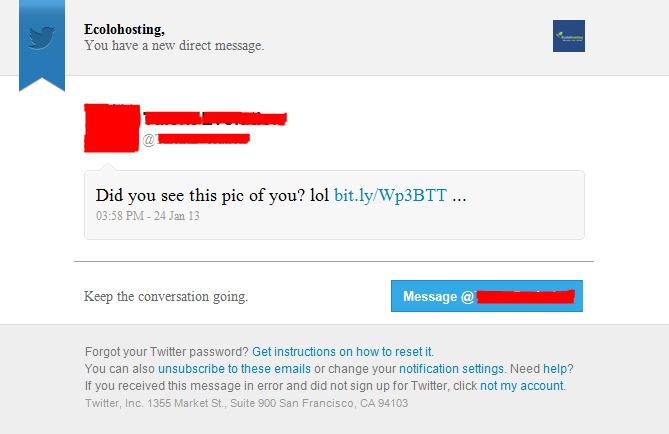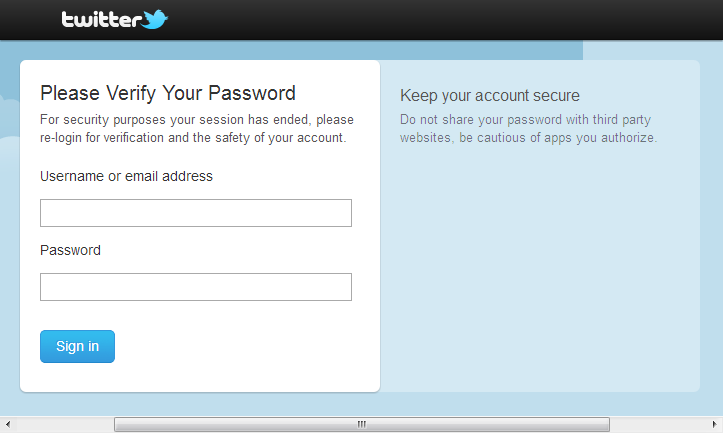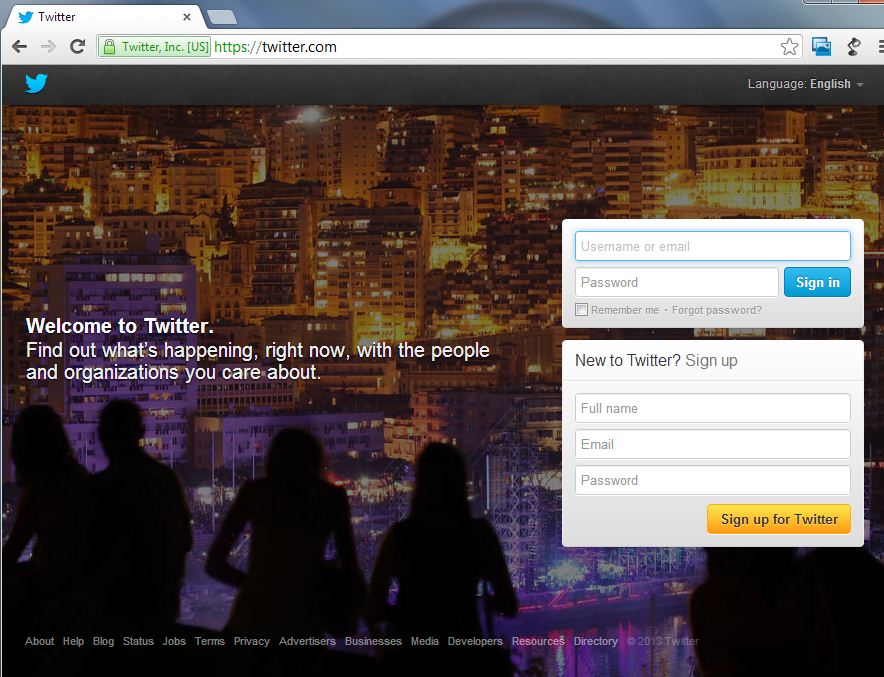¿Cuándo debes usar imágenes de stock?
Primero, ¿qué son las imágenes de stock?
Digamos que hay visitas en casa y no tuvimos tiempo, conocimiento o los ingredientes para prepararles borrego al horno, así que levantamos el teléfono, pedimos tres pizzas y esperamos a que lleguen mientras atendemos a nuestros invitados.
Las imágenes de stock son las pizzas en esta alegoría: gráficos que sirven para reforzar el mensaje que deseamos comunicar pero que no creamos nosotros mismos. Podemos comprar o descargar gratuitamente las fotos de stock para usarlas con libertad en nuestra papelería, publicidad impresa y digital, o sitio web. Antes debemos asegurarnos de contar con la licencia adecuada, digamos, para uso comercial; en este link puedes ver cuáles son las licencias que ofrece Creative Commons.
Podemos encontrar imágenes prácticamente de cualquier tema imaginable con tan solo buscar las palabras clave adecuadas. Por ejemplo, en http://www.flickr.com/creativecommons/ podemos ingresar la palabra ‘bicicleta’ y aparecerán decenas de fotografías relacionadas con el medio de transporte. Hallaremos imágenes con mejor calidad que otras (así como hay pizzas de mejor sabor) y cuando encontremos la indicada, podremos descargarla e incluirla en nuestro blog sobre ciclismo sin preocuparnos porque el dueño de la imagen nos reclame.
Otros sitios que ofrecen imágenes de stock son estos:
(Imagen: Wikimedia Commons).
(Imagen: Photo Pin).
Y esta compilación de sitios que encontramos en la Web.
Esta opción suena bastante bien para blogueros que son seguidos por el contenido de sus textos y sólo necesitan imágenes para ilustrar a grandes rasgos el tema que están tratando, y en general para las personas u organizaciones que no cuenten con suficiente presupuesto para contratar a un fotógrafo profesional. Comprar una licencia es más barato para empresas pequeñas que van empezando y necesitan un sitio web para promover su marca entre su mercado.
Pero las compañías deben tener mucho cuidado con el tipo de imágenes de stock que usan, incluso si tienen licencia (después de todo, podemos ordenar esas pizzas con los ingredientes que más le gustan a nuestros invitados, pero si no se preparan bien, jamás querrán volver a nuestra casa).
Estamos seguros de que hay algo vivo allí dentro. (Imagen: MaryMe).
Suena bastante lógico que si tu organización busca diferenciarse de la competencia, no puedes usar las mismas fotos de stock genéricas que otros han usado cientos de veces. Los clientes notarán esa discrepancia y la credibilidad de tu marca podrá dañarse.
Pero incluso cuando la estrategia de tu empresa sea liderar en costos, tu sitio web competirá con muchos otros que prácticamente ofrecen lo mismo. Usar las mismas fotos que la competencia no es algo que quieras hacer, sobre todo en la arena del Internet.
Ya hemos tratado el tema de Sofie, la chica de atención al cliente cuya imagen es usada una y otra vez hasta rayar en lo ridículo. Cuando la vemos en una página web un banner electrónico o un espectacular, nos hace dudar sobre la seriedad de la empresa que se anuncia.
Después de todo, ¿por qué no mostrar imágenes genuinas de tus productos, servicios, instalaciones o personal? En la era actual de la web, los usuarios cada vez son más inmunes a los viejos trucos publicitarios y buscan el verdadero valor agregado, ese que los clientes necesitan percibir claramente para quedarse contigo. A la larga te costará menos una sesión fotográfica que maltratar la reputación de tu marca.
En todo caso, las fotos de stock son herramientas muy útiles que deben usarse responsablemente y teniendo en cuenta que alguna(s) otra(s) persona(s), en alguna parte del mundo, tienen la misma imagen que tú.
Este tipo aprueba nuestro post (Imagen: Paolo Camera).
First of all, what is a stock image?
Say you have visits at home and did not have the time, knowledge or the ingredients to prepare lamb in the oven, so you take the phone, order three pizzas and hope they arrive while we entertain our guests.
The stock images are the pizzas in this allegory: graphics that serve to reinforce the message we want to communicate but we did not create ourselves. We can buy or download free stock photos for free use in our stationery, print and digital advertising, or website. Before we make sure we have the appropriate license, say, for commercial use, in this link you can see what licenses Creative Commons offers.
We can find images from any topic imaginable with the right keywords. For example, in http://www.flickr.com/creativecommons/ you can enter the word ‘bicycle’ and dozens of photographs related to the conveyance appear. We’ll find images with better quality than others (just as there are better tasting pizzas) and when we find the one, we can download it and include it in our blog about cycling without worrying because the owner of the image claiming the rights.
Other sites that offer stock are these:
(Image: Wikimedia Commons).
(Image: Photo Pin).
And this collection of sites that we find on the Web.
This option sounds pretty good for bloggers who are followed by the content of their texts and only need images to roughly illustrate the subject they are dealing with, and in general for people and organizations that do not have enough budget to hire a professional photographer. Buy a license is cheaper for small businesses that are starting out and need a website to promote your brand to your market.
But companies should be very careful with the type of stock they use, even if they are licensed (after all, we can order these pizzas with ingredients that you love our guests, but if you do not prepare well, ever want returning home).
We are sure there is something alive in there. (Image: MaryMe).
Sounds pretty logical that if your organization seeks to differentiate itself from the competition, you can not use the same generic stock photos others have used hundreds of times. Customers will notice this discrepancy and the credibility of your brand may be damaged.
But even if your business strategy is cost leadership, your website will compete with many others that offer the same virtually . Using the same photos that the competition is something you don’t want to do, especially in the arena of the Internet.
We have discussed the issue of Sofie, the customer service girl whose image is used again and again to the verge when it became ridiculous. When we see it in a web page a banner or a spectacular mail, it makes us doubt about the seriousness of the business being advertised.
After all, why don’t you show genuine images of your products, services, facilities or personnel? In the current era of the Web, users are increasingly immune to old gimmicks and seek the real added value that customers clearly perceive and need to stay with you. In the long run it will cost less a photo shoot than to threaten the reputation of your brand.
In any case, the stock photos are very useful tools that should be used responsibly and considering that some (s) other (s) of person (s) somewhere in the world have the same picture as you.
This guy approves post (Image: Paolo Camera).









